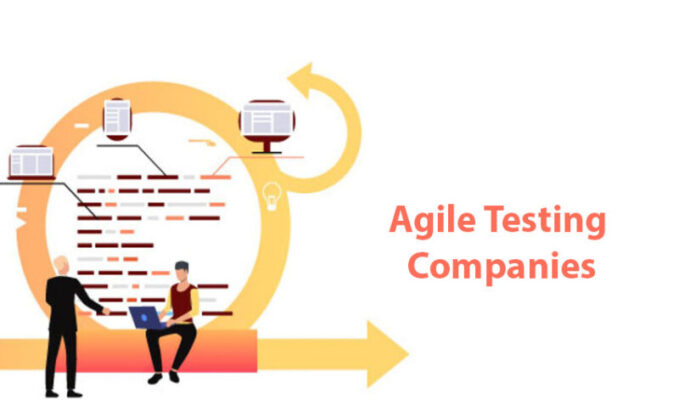Test management is a detailed yet comprehensive process that includes multiple levels of risk analysis, evaluation, planning, validation & control, issue/bug management, and reporting.
Despite so many benefits, test management has numerous challenges such as less time for testing, resource inadequacy, miscommunication between teams, and uncertain test requirements. It is important to overcome these challenges for an efficient test management process.
A successful test management lifecycle enables product quality and meets customer expectations. The stress to reduce the time to a market length is always worrisome for businesses. Thus, proper test management can eventually accomplish quality-driven product release.
Test Management Suggestions
There are always different types of test projects that require customized test plans and therefore test management processes. Predictable and reusable processes are executed to define project goals for a controlled test project process.
Organizations can use Jira test management tools to overcome any challenges in the process. Read on to know further recommendations for a successful test management process:
1. Adopt the Shift Left Testing Approach
Though common in the new agile environment, only a few companies successfully follow the shift rule testing approach. The conventional testing approach causes errors to reveal in the final stage of SDLC – which increases costs and often crosses the deadline. For this reason, the testing process must begin from the early SDLC phase to avoid any problems later.
2. Execute Iterative Tests
Testing should be an iterative process. The risk analysis on every phase helps in generating critical testing assets and reduces the chances of problems by eliminating bugs or other lags in the early SDLC.
3. Assure Test Asset Reusability and Improve Time to Value
Efficient Jira Test Management Tools help in recycling and reusing the test assets and procedures allowing the test team to save time and energy. However, assessing which test case or asset is reusable requires a certain tester’s level intuition which takes time to develop.
4. Requirement-based Testing
As the common idiom says, different strokes for different folks. Likewise, every test project demands different testing types and environments. This may include agile, mobile, IoT, AI, security, big data, and more. According to the technology involved, it is necessary to customize the testing requirements for a linear test management structure. This helps in following a requirements-based testing methodology that allows system validation for potential change requests.
5. Encourage Coordination Between Collocated Resources
Better coordination among the collocated testing resources is crucial to overcome resource-related challenges and increases productivity, expands timelines, and thus enhances ROI. To avoid other technical problems, Jira Test Management Tools must be used to avoid any misinterpretation and lack of team synchronization.
6. Identify & Implement Flexible Testing Processes
Most test projects are requirements-based and therefore require an attuned test management process. This process should be reusable and allow future change requirements. It is imperative to define a test process within the test workflow as well as the test team.
7. Follow DevOps Shift-left Practice
To achieve an impeccable test environment, development and testing teams must work in full tandem with each other. This collaborative nature of work improves process quality, reduces miscommunication, and brings insights and any missed project aspects to the fore.
8. Communicate Important Details When Necessary
The outcomes of poor communication can be costly. Therefore, efficient test management includes comprehensive distribution of relevant test data such as metrics, goals, and status. Expectedly, in the right structure, to the right shareholders, at the right time, for a successful project!
9. They say, “To save time, automate!”
It is unnecessary and time-consuming to perform irrelevant tasks in the test management process. This happens when the process is inefficient, goals are not set, and no planning is done. These ultimately lead to higher time and effort costs. In this regard, use multi-functional Jira test management tools both commercial and open-source – to reduce the time constraints. Many SaaS-based tools do not require an in-house installment, for example, Kualitee, QMetry, HP ALM/Quality center, QAComplete, Zephyr, and IBM Rational Quality Manager. Choose one and automate your test management procedures for greater product quality and ultimately end-user satisfaction.
Summing Up…
It is important to stay in touch with the latest test management practices and adapt accordingly for successful business outreach in the market. However, for now, follow these insightful practices to conquer almost all sorts of testing challenges today and tomorrow!
Ray is a Marketing Consultant at Software Development Lead. He loves to write tech-related news, articles, specifically quality assurance and information security. Apart from his techie appearance, he enjoys soccer, reading mysteries, and spending long hours working over at the New York office.





